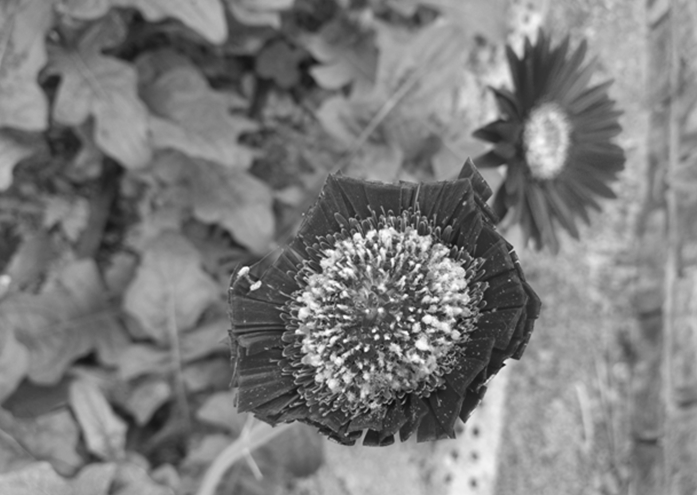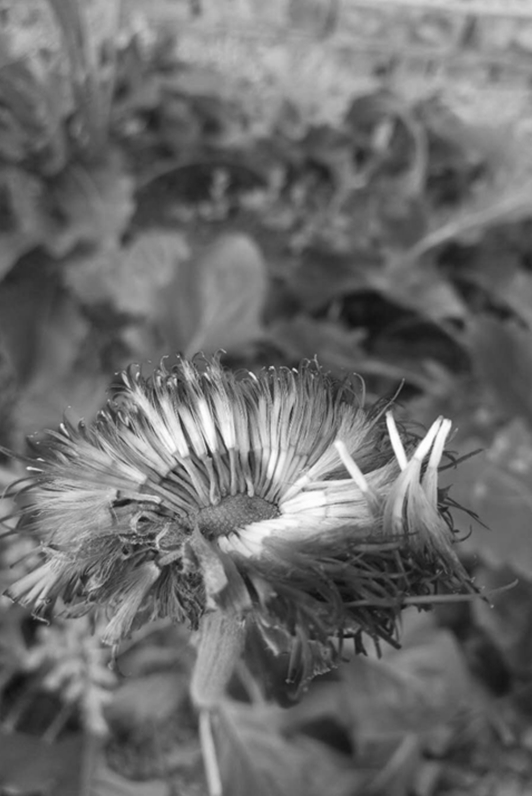In-vitro hybridization method for gerbera jamesonii
A technology of isolated and hybrid seeds, which is applied in the direction of botany equipment and methods, applications, plant gene improvement, etc., can solve the problems of reducing breeding efficiency, hybridization failure, and limited opportunities for hybrid breeding, etc., and achieves easy and fast control of temperature and humidity. The process of breeding, the efficient effect of cross breeding
- Summary
- Abstract
- Description
- Claims
- Application Information
AI Technical Summary
Problems solved by technology
Method used
Image
Examples
Embodiment 1
[0026] A hybridization method of gerbera, comprising the following steps:
[0027] (1) Parental material selection: From March to May, choose a flower branch with a regular flower pattern, no pests and diseases, and 2-3 rounds of anthers in the inflorescence to start to loose powder as the male parent of the hybrid. Choose the long 60-70cm of pedicel, the thick 0.6-0.8cm of pedicel, the ligulate flower of outer wheel is flat, the first round anther does not take off powder yet, and flower pattern is regular, and the flower branch without damage by diseases and insect pests is used as female parent material. .
[0028] (2) Collect pollen: When the flower branch of the male parent looses pollen, break off the flower branch, shake the pollen into a petri dish with a diameter of 7 cm, cover the dish, and bring it back indoors for pollination.
[0029] (3) Treatment of female parent material: remove the female parent flower branches, bring them back indoors, cut off the outer ligu...
Embodiment 2
[0034] (1) Parental material selection: From July to September, a flower branch with a regular flower pattern, no pests and diseases, and 3-4 rounds of anthers in the inflorescence starting to loose powder is selected as the male parent of the hybrid. Select the long 50-60cm of pedicel, the thick 0.7-0.9cm of pedicel, the ligulate flower of outer wheel is flat, the first round of anthers does not take powder yet, the pattern of flowers is regular, and the flower branch without damage by diseases and insect pests is used as female parent material.
[0035] (2) Collect pollen: When the flower branch of the male parent looses pollen, break off the flower branch, shake the pollen into a 9cm-diameter petri dish, cover the dish, and bring it back indoors for pollination.
[0036] (3) Treatment of female parent material: remove the female parent flower branch, bring it back indoors, cut off the outer ligulate petals with scissors, leaving a margin of 0.3-0.8cm to avoid damage to the s...
PUM
 Login to View More
Login to View More Abstract
Description
Claims
Application Information
 Login to View More
Login to View More - R&D
- Intellectual Property
- Life Sciences
- Materials
- Tech Scout
- Unparalleled Data Quality
- Higher Quality Content
- 60% Fewer Hallucinations
Browse by: Latest US Patents, China's latest patents, Technical Efficacy Thesaurus, Application Domain, Technology Topic, Popular Technical Reports.
© 2025 PatSnap. All rights reserved.Legal|Privacy policy|Modern Slavery Act Transparency Statement|Sitemap|About US| Contact US: help@patsnap.com



